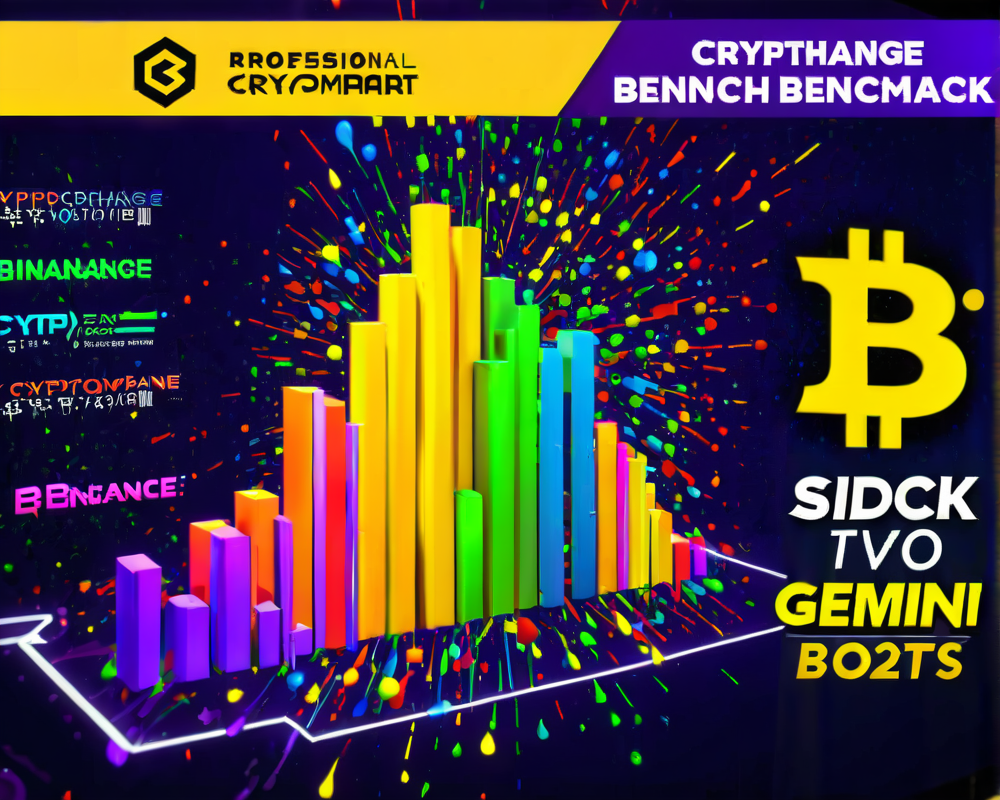The MiCA Conundrum: A Need for Clarity
The world of crypto-assets is like a wild west right now, with each region aiming to tame it in their unique way. As many regulators twiddle their thumbs, the European Union has decided to take the lead with its proposed regulation named Markets in Crypto-Assets, or MiCA. Aiming to reign in this sometimes chaotic sector, MiCA seeks to bring clarity to the current jumble of national regulations within the EU.
Stablecoins: A Regulatory Wake-Up Call
Stablecoins have been around for a while, but it wasn’t until Facebook unveiled its vision for Libra (now Diem) that regulators perked up and started paying serious attention. The realization that these global stablecoins could disrupt financial systems sent shockwaves across regulatory walls. Suddenly, the EU and other authorities found themselves needing to act before the crypto-cowboy rode too far from home.
What MiCA Actually Covers
MiCA isn’t just a fancy acronym. The European Commission has defined a broad spectrum of crypto-assets that fall under MiCA’s umbrella—pretty much any digital asset on the blockchain that doesn’t fit into existing regulations. This means that your NFT collection, your quirky meme coin, and various stablecoins could all be subject to MiCA regulations, redefining standards for the entire crypto scene.
The Three Amigos of Crypto Assets Categorized by MiCA
MiCA distinctly categorizes crypto assets into three groups:
- E-money Tokens: These are stablecoins pegged to a specific fiat currency, like the euro or USD.
- Asset-Referenced Tokens: Stablecoins that refer to multiple currencies or assets. This category once included the original Libra’s ambitions.
- All Others: Everything else—think Bitcoin, utility tokens, or even your grandma’s fruitcake token.
Each category has unique licensing and operational requirements, ensuring that not just anyone can spring up and start issuing their own cryptocurrencies without regulatory oversight.
Playing by MiCA’s Rules: The Issuer’s Dilemma
Issuers of crypto-assets under MiCA will need to whip up a white paper detailing their project, along with its features and obligations. The catch? Most large-scale projects, especially stablecoins, face stricter rules ensuring that they have adequate capital and governance processes. That’s a hefty ask for startups trying to make their mark!
Future Implications of MiCA
As MiCA progresses through the EU legislative process, it becomes an intricate dance of negotiations and revisions. The implications of this regulation could ripple outward beyond Europe, serving as a template for countries worldwide. However, while the framework aims to provide legal certainty and market integrity, the innovation-friendly spirit mustn’t get lost along the way.
In summary, MiCA represents an ambitious endeavor to regulate a fast-paced industry. It balances the need for legal clarity with the necessity of supporting innovation in a space that’s anything but stagnant. Will the EU find the perfect harmony? Time will tell, and we’re all just here with popcorn in hand, watching the show unfold!




